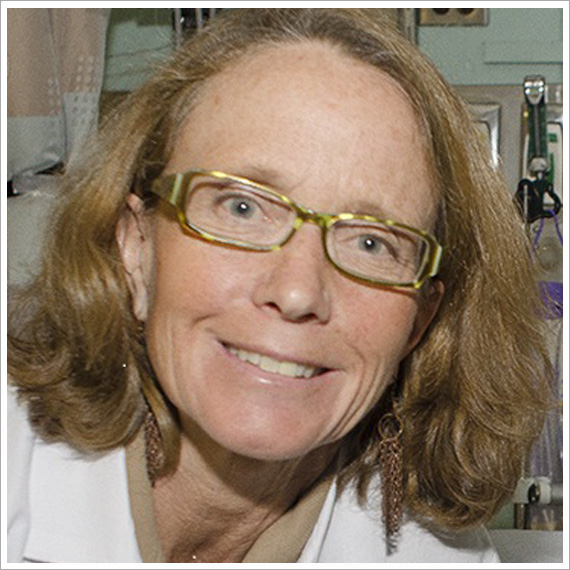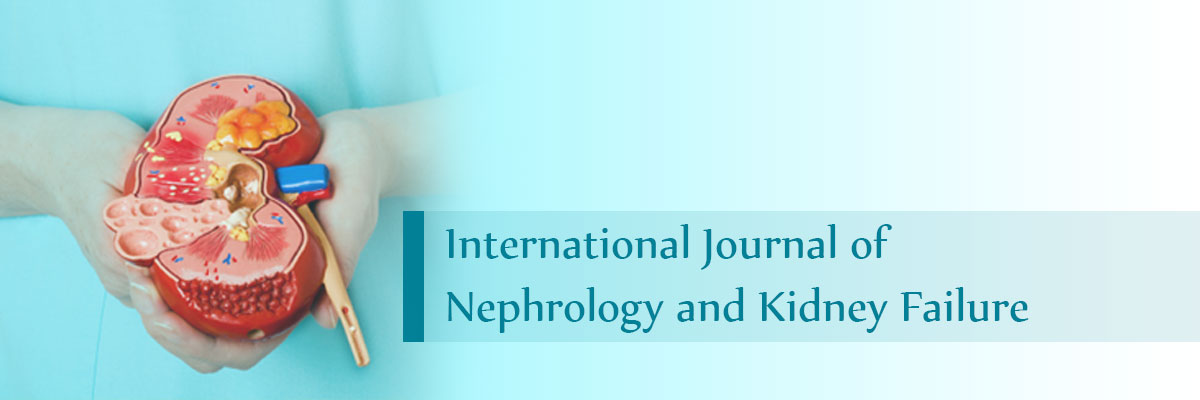
Mary S. Hammes
Associate Professor in Medicine
- : 773-702-9892
Fax: 773-753-8301
- DEPARTMENTDepartment of Nephrology
- COUNTRY USA

I, Mary Hammes D.O., have been a member of the Department of Medicine, University of Chicago, Section of Nephrology since 1992 with a commitment to excellence in patient care. I have the unique experience of being the Medical Director and Attending Nephrologist following a large cohort of patients with ESRD on hemodialysis. I have rounded on this patient population longitudinally for the past 20 years and appreciate the struggles they endure especially the placement and maintenance of vascular access. I have made a commitment to improve outcomes for these patients. There has been a dramatic improvement in access outcomes for patients receiving their care at a University of Chicago affiliated hemodialysis unit as a result of my efforts. I have organized and continues to chair a monthly multidisciplinary vascular access conference. This conference has served as an educational opportunity for fellows and sparked the thought behind the question of how and why venous stenosis occurs in fistula access, laying the foundation for my current research.
My previous investigations have shown that CAS is a common problem which is difficult to treat and leads to access failure. This problem creates incredible morbidity for the patient and can worsen mortality. As a result of my intense clinical effort, I have knowledge of the natural history ofthis disorder and am aware of the serious clinical consequences it may cause. I am determined to search for a better way to improve and standardize the work-up of where vascular access is placed and to prevent complications and loss of permanent access.
I have developed an innovative model in collaboration with Illinois Institute of Technology (IIT) to study the hemodynamics of fistula access. This is a purely translational research project with initial funding to start the project coming from CTSA funds. The goal of the research is to develop a technique to predict the development of cephalic arch stenosis in patients with ESRD on hemodialysis with upper arm fistula access. I have developed a relationship with engineers at Illinois Institute of Technology imputing data into a computerized model which is then analyzed to derive shear stress and other factors that will predict intimal hyperplasia and resultant venous stenosis.

Associate Professor in Medicine